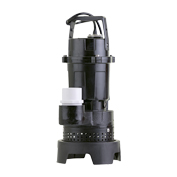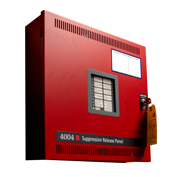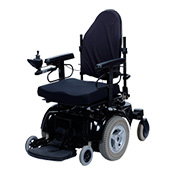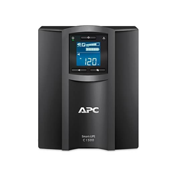Sealed Lead Acid Buying Guide
There are hundreds of uses for SLA Batteries. Use this buying guide to help you choose a replacement. Or, snap a picture and bring it to your nearest Batteries Plus Bulbs store. Our experts will be happy to take a look and help determine the exact replacement you’re looking for.
Browse All SLA Batteries
General Purpose
Batteries
Popular Applications
Features
- Most versatile
- Reliable for backup & cycling applications
- Great for household use
Deep Cycle
Batteries
Popular Applications
Features
- Long-term power
- Provides constant power flow for a sustained period of time
Gel
Batteries
Popular Applications
Features
- Long-term power
- Offers the greatest number of cycles
- Ideal for heavy, everyday use
High-Rate UPS
Batteries
Popular Applications
Features
- Ideal in emergency situations
- Fast power delivery for backup applications
- Long lifespan; needs little maintenance
SLA Battery FAQs
Get the Most Out of Your SLA Battery
Can you charge a sealed lead acid battery?
Yes! Make sure you are using a charger that provides the proper voltage for your battery. Gel batteries require a different charge voltage than other sealed lead acid batteries.
Do not speed up charging time or increase voltage for a fast charge. This will result in overcharging the battery. Batteries that are overcharged will overheat. Excessive heat can destroy a battery in as little as a few hours. Overcharging kills batteries.
Do not use a lower charging voltage than required for your battery. By doing so, the battery will never be fully charged. Undercharging leads to reduced capacity creating a battery that needs to work harder than fully charged batteries. Undercharging and overworking leads to shortened battery life.
How do you properly maintain an SLA battery?
For maximum battery life and performance, batteries should be recharged as soon as possible after each use. Batteries should be stored in a fully charged state. Storing in a discharged state will kill the battery.
Disconnect the charger after the battery has been fully charged. Continuous overcharging or undercharging is the worst thing for an SLA battery.
Check the battery terminals for corrosion and/or battery deformation. A deformed battery or corrosion on the terminals is subject to failure.
And if your battery run-time becomes short, bring your battery into any of our locations for testing.
How should I store my SLA battery?
Batteries should be stored in a cool, dry place. Optimal temperature is 68 degrees F. If stored at elevated temperatures, shortened battery life will most likely occur. Batteries should not be stored in a discharged state. Doing so will result in shortened battery life. Charge the battery every couple months when in storage or more frequently if stored in high temperatures.
How long do SLA batteries last?
That will depend on a number of things, including the battery’s application, its operating temperature and the charging method you use. In general, an SLA battery can last between 50-300 cycles. To extend the life of your battery, never store the battery in a discharged or partially charged state. Be sure to recharge it before storage.
Do sealed batteries leak?
Nope. SLA batteries are designed to be leak-proof and non-spillable. That means you can use them in any position without worrying about leakage.
















